Featured Species
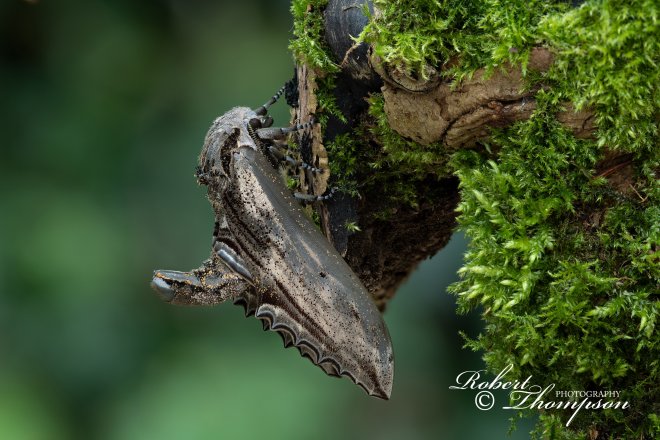
A large impressive species found in southern China, Thailand and South Korea.
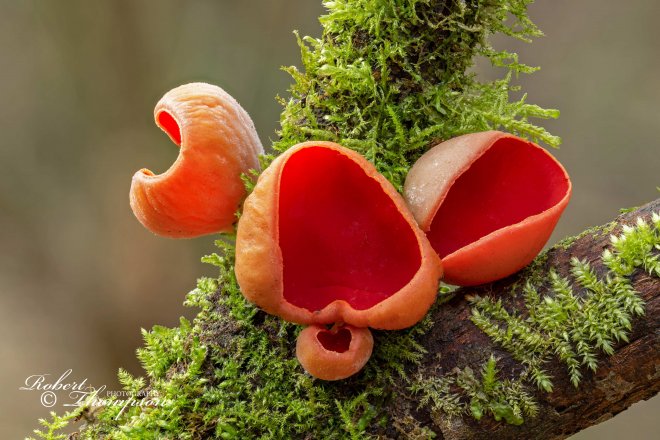
A common species found in the wetter parts of woodland during February and March. The bright red fungi grow on fallen twigs and branches of trees.
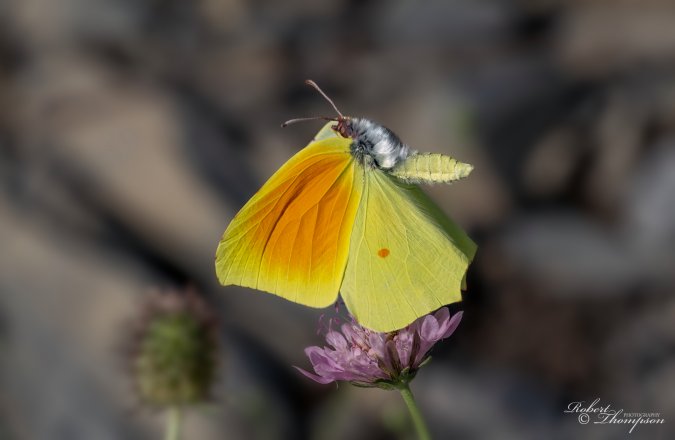
A colourful species, similar to the Brimstone Gonepteryx rhamni, in shape and structure. Cleopatra is a sexually dimorphic species found throughout southern Europe and the Mediterranean. Males have conspicuous orange patches on their forewings which are absent in the female. Also, males are a deeper yellow than females which look much paler in flight. Both species have a distinctive hook on the apex of the forewing and darkish brown spots on each wing.
Cleopatra's inhabit woodland and scrubby areas and are often seen sipping nectar from roadside flowers. Adults appear from May to late summer throughout most of its range with the exception of Spain where it is double-brooded. Adults hibernate usually from late summer until the following March. The larvae feed on various buckthorns Rhamnus species.
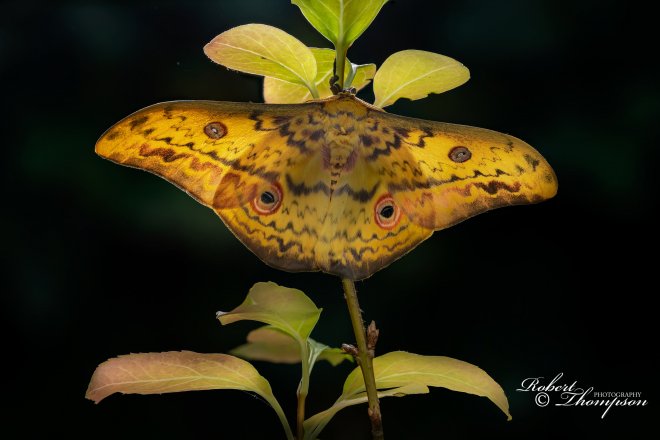
A striking species found throughout tropical Africa mainly in broadleaved forests where they overlap with savanna-type ecosystems. Adults have striking red eyespots on their hindwings. The larva feeds on a wide variety of broadleaved trees including Acacia and Albizia and probably others as well.
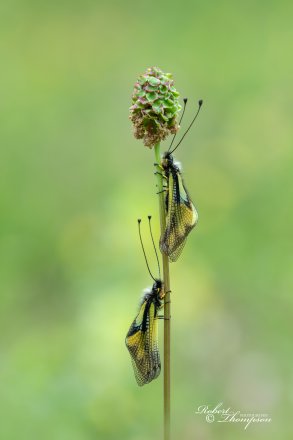
An attractive, jewel-like insect belonging to the family Ascalaphidae. Adults reach about 25mm in length and are often mistaken for dragonflies. They are easily recognised by their large eyes and conspicuous long antennate, which are clubbed at the end. The body is black, quite hairy, and the semi-transparent wings are a bright lemon-yellow and black. These charismatic insects fly in sunlight and are frequently seen hovering and darting across sunny flowery meadows with tall grasses and rocky slopes at higher elevations up to around 1,500 metres. When the sun disappears, they retire quickly into the vegetation. It occurs in many parts of Europe including, France, Germany Italy, Spain and Switzerland.
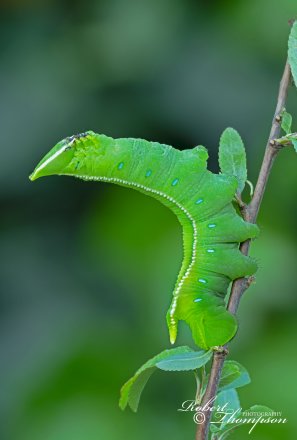
A large, impressive larva that occurs in the mountainous regions in Taiwan. The larva is quite sluggish and rests by day along the twig or when smaller under a leaf. The emerging adult is very unusual and does not resemble any of the conventional hawk-moth species. Most larvae are challenging to photograph and patients is the key to obtaining good imagery,
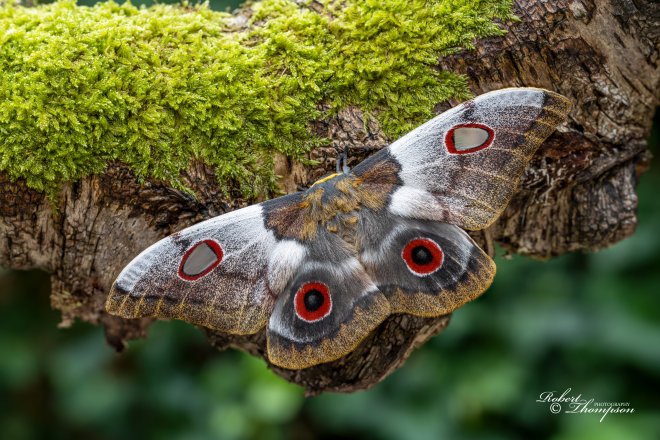
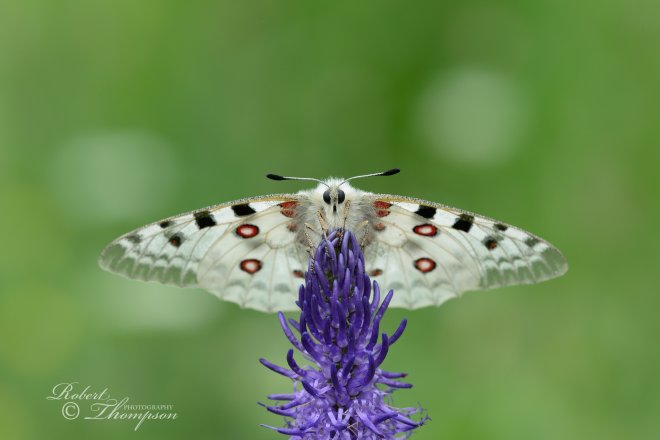
Europe’s most iconic butterfly. It belongs to the swallowtail family and is an emblematic mountain species associated with alpine meadows and rocky slopes, mainly in central and southern parts of Europe. It’s also an endangered species and has been in decline for some time due to various reasons including, long-term climatic changes, habitat succession, over-collecting and progressive industrialisation. However, habitat loss is undoubtedly the biggest threat to its long-term survival. It has many subspecies and is single-brooded, with adults on the wing from May through to September in some locations. Eggs overwinter and hatch in spring. The larvae feed on stonecrop (Sedum species).
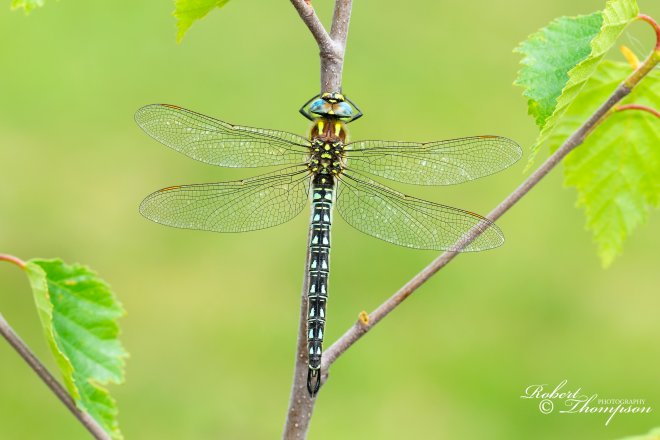
An attractive, monotypic species and the smallest of the hawker dragonflies found in the UK. It is the earliest of the larger dragonflies to emerge. Adults usually appear during May but are more commonly seen towards the latter part of the month. It is an attractive insect, the males when mature have blue pear-shaped markings on the dorsal surface of the abdomen in the female they are yellow. The thorax is also covered in fine hairs with conspicuous greenish-coloured ante-humeral stripes, unlike other hawkers.
It has a preference for well-vegetated waterbodies, in particular fens, ditches, and canals. It also occurs in some bogland habitats. The Hairy Dragonfly is a sun-loving species retreating into the vegetation when overcast conditions prevail. Larval development takes two years and adults have a relatively short flight period from Mid-May until mid-July. Adults are by nature wary and are easily spooked.
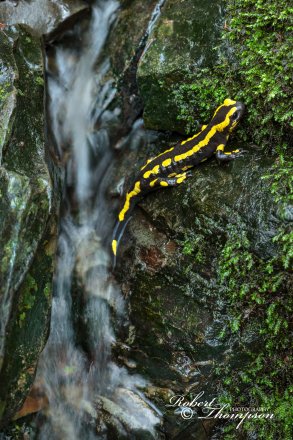
European Fire Salamander Salamandrar Salamandra
The European Fire Salamander is a species of amphibian found across central Europe. Their conspicuous markings of yellow spots or stripes make them easily recognisable and one of the most photographed amphibians. It has a preference for deciduous woodland habitats, especially in upland areas preferring to remain inconspicuous during the daytime. They concealing themselves among fallen leaves, underneath mossy logs, fallen tree trunks, and branches.
Salamanders are generally active in the early evening and at night, but during heavy rainfall, they are often seen during the daytime. They require small streams, brooks, and ponds for the development of the larvae. Their diet consists mainly of insects, slugs and earthworms, etc.
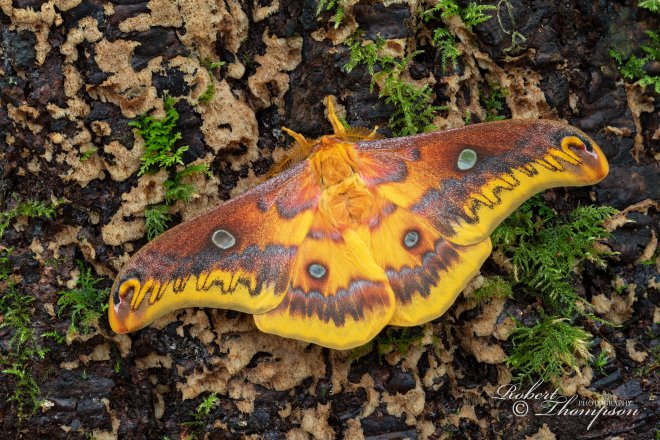
Rhodinia verecunda Taiwanese Squeaking Silkmoth
Saturniidae or Silkmoths as they are frequently known belong to a supper group of giant moths in the family Lepidoptera. They are by nature colourful, with some species having wingspans in excess of 16cm. There are approximately around 1,400 species worldwide. Most occur in the Tropical and Subtropical regions of the world. They do not feed in the adult stage and rely on the food reserves built up during larval development.
Rhodinia verecunda a beautiful species found mainly in Taiwan in Taraoko National Park, but it has also been seen in Guangdong Province in China. Rhodina are a group of moths that fly mainly in the autumn and their colouration reflects this time of the year. It is a species that is seldom photographed but is one of the most attractive species in the Rhodina family.
